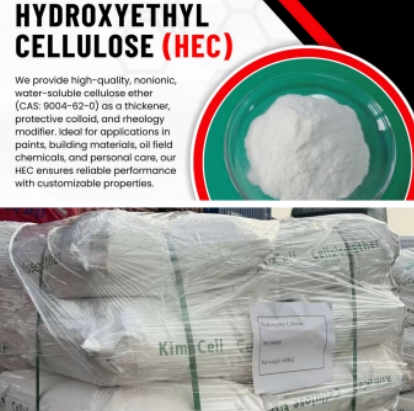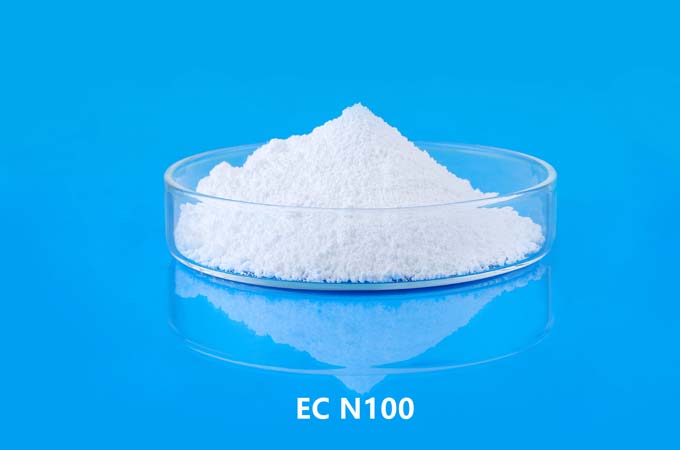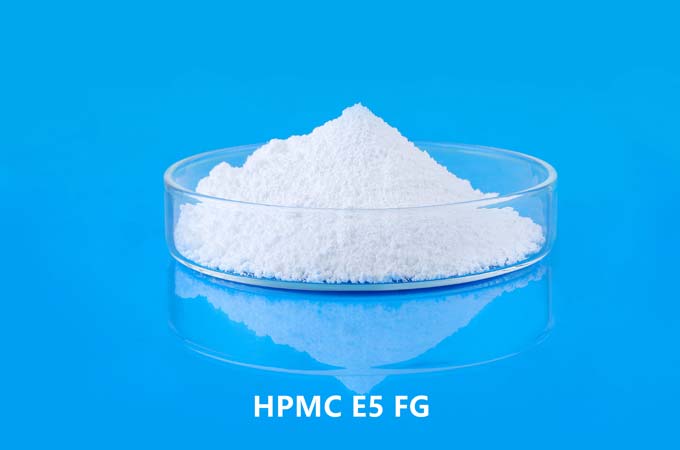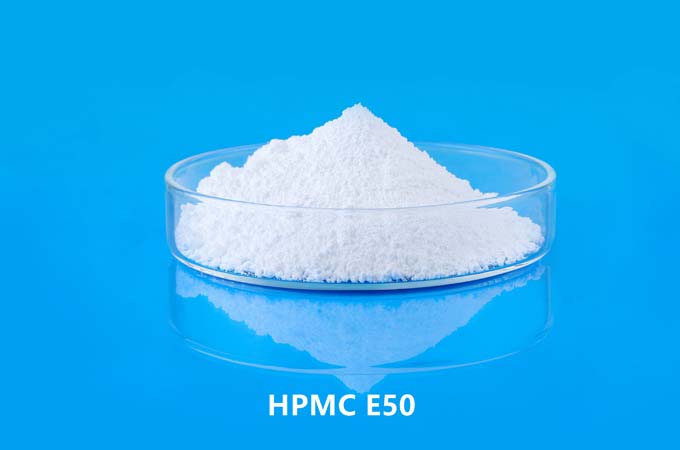Hydroxyethyl Cellulose (HEC) is a non-ionic water-soluble polymer derived from natural cellulose and modified by etherification with ethylene oxide. It has good water solubility, thickening, film-forming, emulsifying, water retention and stability, and is widely used in building materials, oil fields, coatings, daily chemicals, medicine, food and other fields.
Building materials field
In the construction industry, hydroxyethyl cellulose is widely used in dry-mixed mortar, putty powder, cement-based and gypsum-based materials, mainly playing the following roles:
Thickening and water retention: HEC can significantly increase the viscosity of mortar or putty, enhance construction performance, and effectively reduce water loss, prevent cracking and falling off.
Improve construction performance: Enhance the lubricity, workability and water retention of mortar, make the coating smoother, and improve construction efficiency.
Anti-sagging performance: Effectively prevent mortar from sliding when constructing on vertical surfaces and improve the molding effect.
Extend the open time: By controlling the evaporation rate of water, construction workers are given more sufficient operating time.
Commonly used in the formulation of tile adhesives, plaster mortar, self-leveling mortar, putty powder, etc., especially suitable for construction products with high water retention requirements.

Oilfield chemicals
Hydroxyethyl cellulose shows excellent performance in oilfield drilling, completion fluid and production increase operations, and has the following functions:
Drilling fluid thickener: HEC can increase fluid viscosity in drilling fluid, stabilize the well wall, carry drill cuttings, and help efficient drilling.
Fracturing fluid thickener: used to prepare thickened liquid in fracturing operations to improve the transport capacity of proppants.
Completion fluid loss control agent: effectively reduce the loss, protect the oil and gas layer from damage, and improve the recovery rate.
HEC's low toxicity and biodegradability also make it highly competitive among environmentally friendly oilfield chemicals.
Coating and paint industry
In water-based latex paint, HEC, as a common thickener and rheology modifier, has the following advantages:
Thickening and thixotropy adjustment: provide the required viscosity, prevent pigment sedimentation, improve brushing feel and construction performance.
Anti-splashing: can inhibit splashing during paint construction and improve the cleanliness of the working environment.
Improving paint film performance: HEC can help form a uniform and smooth paint film, improve its surface effect and durability.
Good compatibility: suitable for most emulsion systems, does not affect pigment dispersion and emulsion stability.
Especially suitable for interior and exterior wall latex paint, industrial coatings, fire retardant coatings and other products.
Daily chemical industry
HEC is widely used in the field of daily chemicals, mainly as a thickener, stabilizer and film former, and is widely used in:
Shampoo, shower gel: adjust viscosity to make the product have good fluidity and stability.
Hand sanitizer, facial cleanser: HEC has both thickening and transparency in transparent formulas, and feels smooth.
Skin care products: such as facial masks, lotions, and gels, which play a moisturizing and extending role.
Toothpaste: Helps adjust the consistency of the paste, prevents stratification, and improves the smoothness of application.
Its mild and non-irritating characteristics make it an ideal choice for natural and green daily chemical products.

Pharmaceutical and food industries
Although its use in food is relatively limited, the functions of HEC in the pharmaceutical industry are gradually expanding, mainly manifested as follows:
Pharmaceutical excipients: used as adhesives, tablet disintegrants and sustained-release materials in preparations, with good stability and good biocompatibility.
Eye drops thickener: used in eye drops to adjust viscosity and prolong the residence time of the solution on the ocular surface.
Oral liquid carrier: maintains uniform distribution of ingredients in syrups and suspensions to prevent precipitation.
In the food industry, HEC is occasionally used as a food-grade colloid, but other specialized natural gums such as guar gum and xanthan gum are generally used.
Other applications
Papermaking industry: used to improve pulp fluidity, improve paper surface smoothness and printability.
Ceramic processing: used as a binder in body molding and glaze to improve operating performance.
Agricultural chemicals: used as a suspending agent and adhesive in pesticide formulations to improve spraying effects.
Textile printing and dyeing: used in the preparation of dye paste to improve sizing and dyeing uniformity.
Hydroxyethyl cellulose plays an important role in many industries due to its good water solubility, stability and environmental friendliness. With the advancement of green environmental protection concepts and the development of formulation technology, the market demand and application depth of HEC will continue to expand, becoming an indispensable member of functional polymers.
 English
English 日本語
日本語 français
français Deutsch
Deutsch Español
Español italiano
italiano русский
русский português
português العربية
العربية Türkçe
Türkçe Nederland
Nederland





